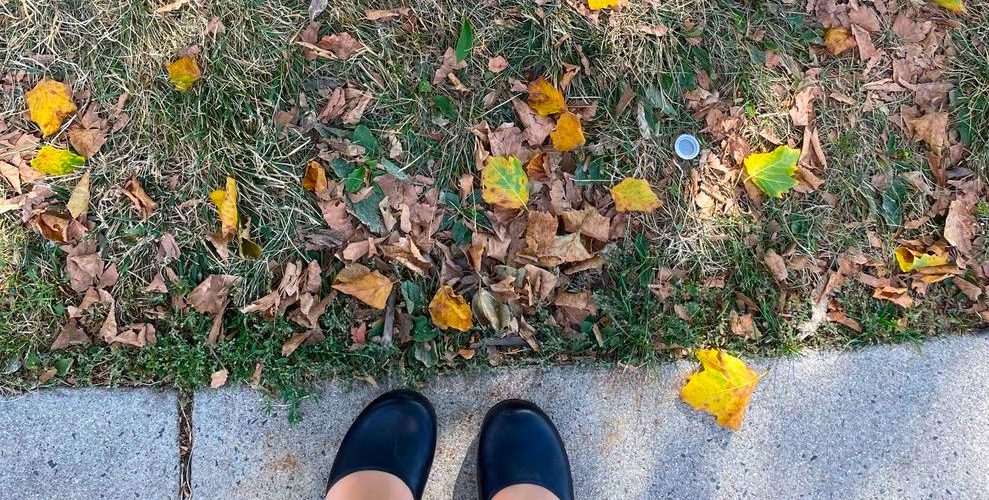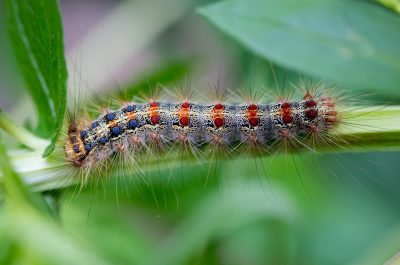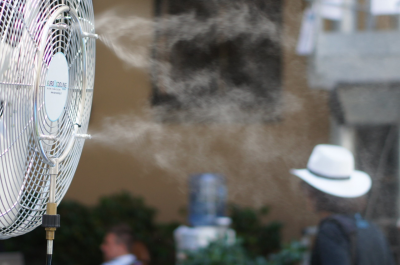Picture in your head: extreme heat, drought, and wildfires. What U.S. landscapes or regions come to mind? Maybe arid forests or chaparral. Southern California or New Mexico. But in the summer of 2022, this was a New Englander’s reality.
Communities across New England were reporting a range of impacts this summer on ISeeChange—from extreme energy bills to thirsty gardens. During a heatwave, one ISeeChanger described instances of power blackouts throughout Boston, which only added danger to the extreme temperatures residents were experiencing indoors and out. Away from the cities, photos of trees turning brown and shedding foliage began to surface as early as July.
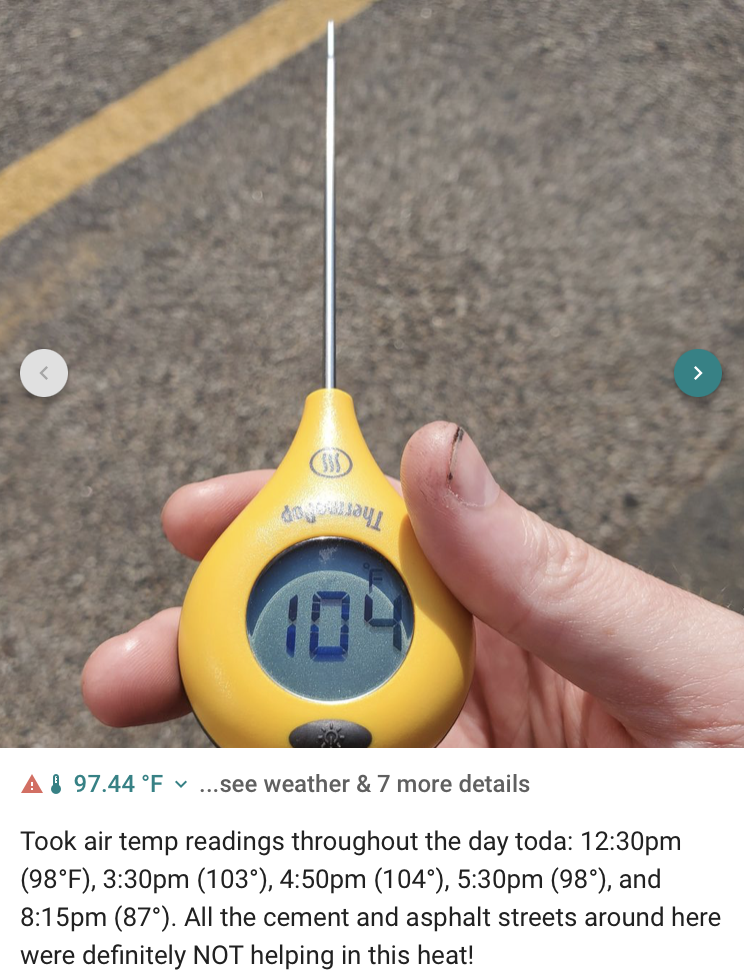
Early warm springs are an early indicator of drought, as earlier blooming trees need more groundwater. A warmer-than-average May precipitated both record regional heat and drought. Seven states in the U.S. broke heat records, reporting their hottest July’s on record; all seven were in the Northeast, and three in New England.
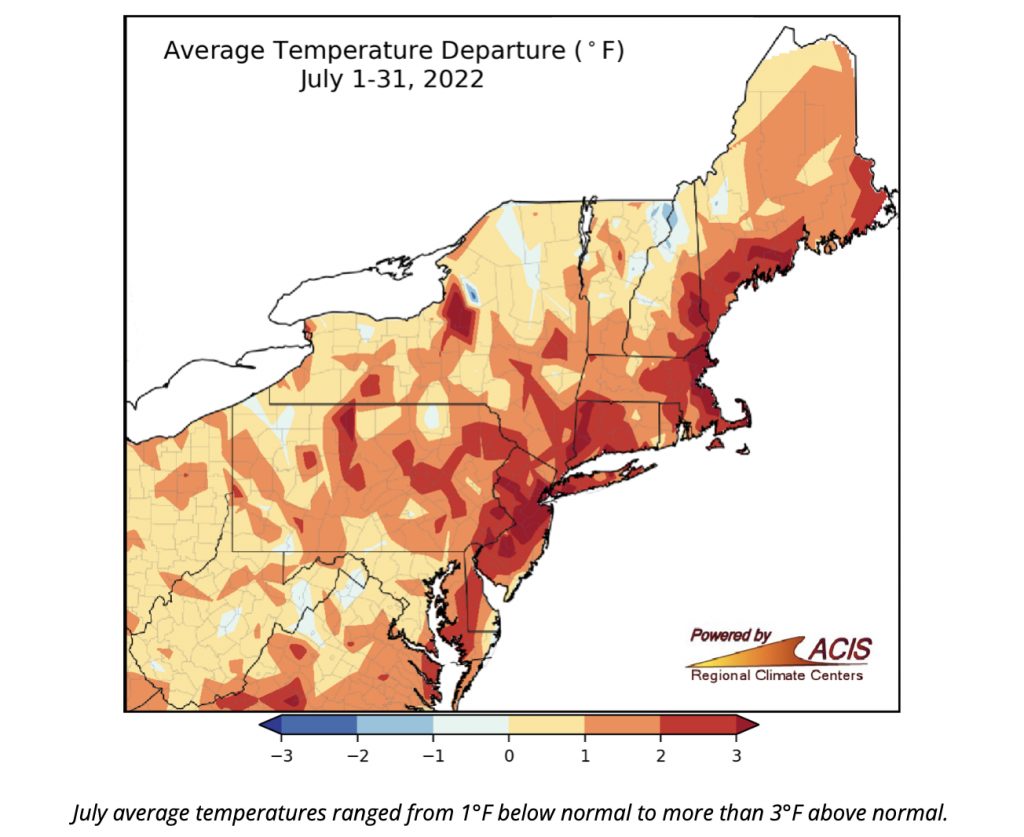
Heat dries out soils, compounding dry conditions in local forests that lead to an entirely novel condition for New England forests: wildfires. In Massachusetts alone, over 100 wildfires have been reported this summer. Climatologists have predicted this may be an oncoming trend as climate change brings more drought to the region.
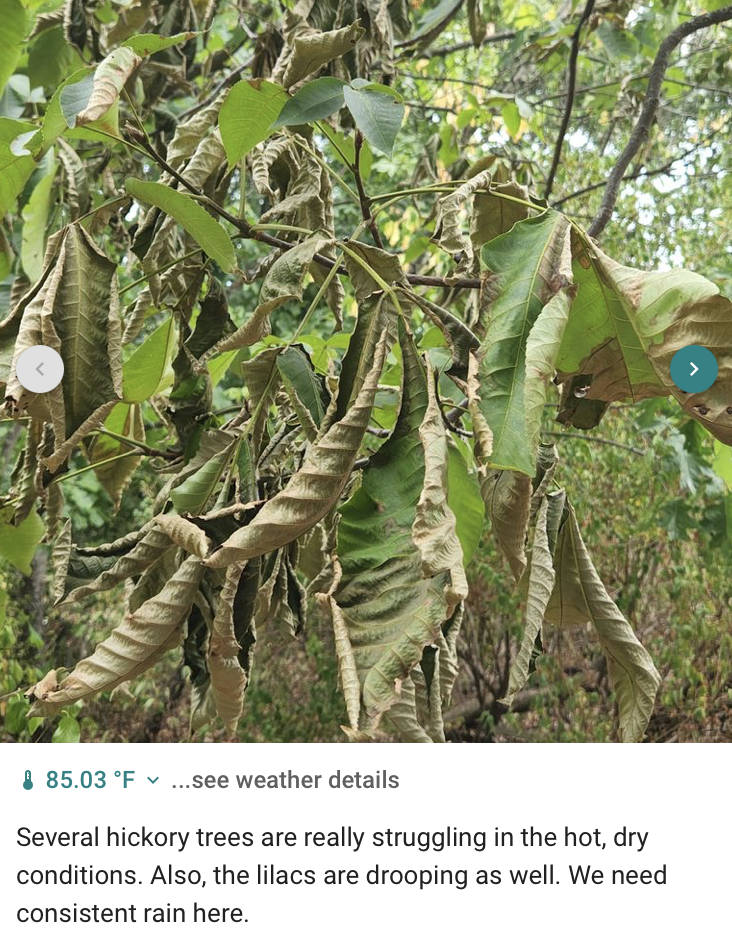
While sweaty days and hot nights might be more easily forgotten as fall arrives, the effects of heat and drought on the natural environment are still visible around us.
The ISeeChange team wants to hear from New Englanders as we transition to autumn—sharing any unusual sightings alongside familiar beauty.
- What changes have you noticed to local flora and fauna that deviate from past norms?
- Have local farmers and regional produce been impacted by these conditions?
- What is your most cherished element of a NE fall?
Let us know by sharing your story and photos on ISeeChange.
The Boston Museum of Science is continuing to feature stories from ISeeChange as part of their New England Climate Stories exhibit this fall. If you are in the area, plan a visit to the museum to learn more about how animals, insects, cities, and forests are adapting to climate change throughout New England. Share on ISeeChange could be featured on their exhibit!

